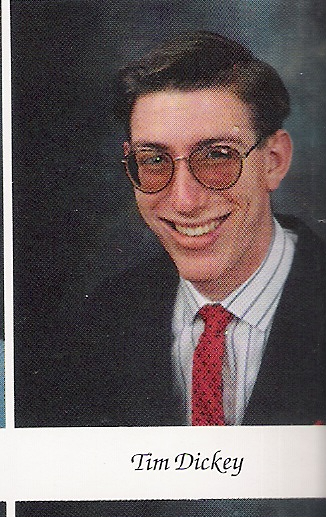Better outcomes are a combination of elements. In Scrum transparency, inspection, and adaptation are the pillars of empiricism. Add in “talk straight” and you have the basic concepts for this post.
Don’t take my word for the definition of empiricism. You can find it in the Scrum glossary at Scrum.org.
I value transparency, which led to this post and a #lifeatimproving moment.
During a quarterly town hall, our CEO Curtis Hite asked for us the lean into the company’s vision. He was transparent about our needs, and he issued a “call to action”.

Better outcomes and questions
Here’s my challenge. Ask yourself the following questions.
- First, does your CEO “talk straight”?
- Second, do you know what is needed to execute the company’s vision based on transparency?
- Third, can you inspect the results of progress?
- Fourth, if the results don’t align with the vision, are you empowered to make adaptations to achieve the desired outcomes?
When you know the expectations and needs of the organization, you are positioned for planning. Planning then flows into building hypothesis which can be tested.
Enabling a “fail fast and learn” culture is what Scrum scaffolds and empiricism reveals.
In effect this creates a feedback loop. You have critical information available. This supports crafting “safe to fail” experiments. As a result, the organization “sees” the results (transparency), inspects them, and adapts them for improvement.
Alternatively, the company can stop actions that don’t achieve the desired results. This is due to “talking straight” and maintaining transparency.
About “talk straight”
In Stephen M.R. Covey’s book, “The Speed of Trust“, he writes:
“Talk Straight” is honesty in action. It’s based on the principles of integrity, honesty, and straightforwardness. As I said earlier, it means two things: to tell the truth and to leave the right impression. And both are vital to building trust.
Stephen M. R. Covey











